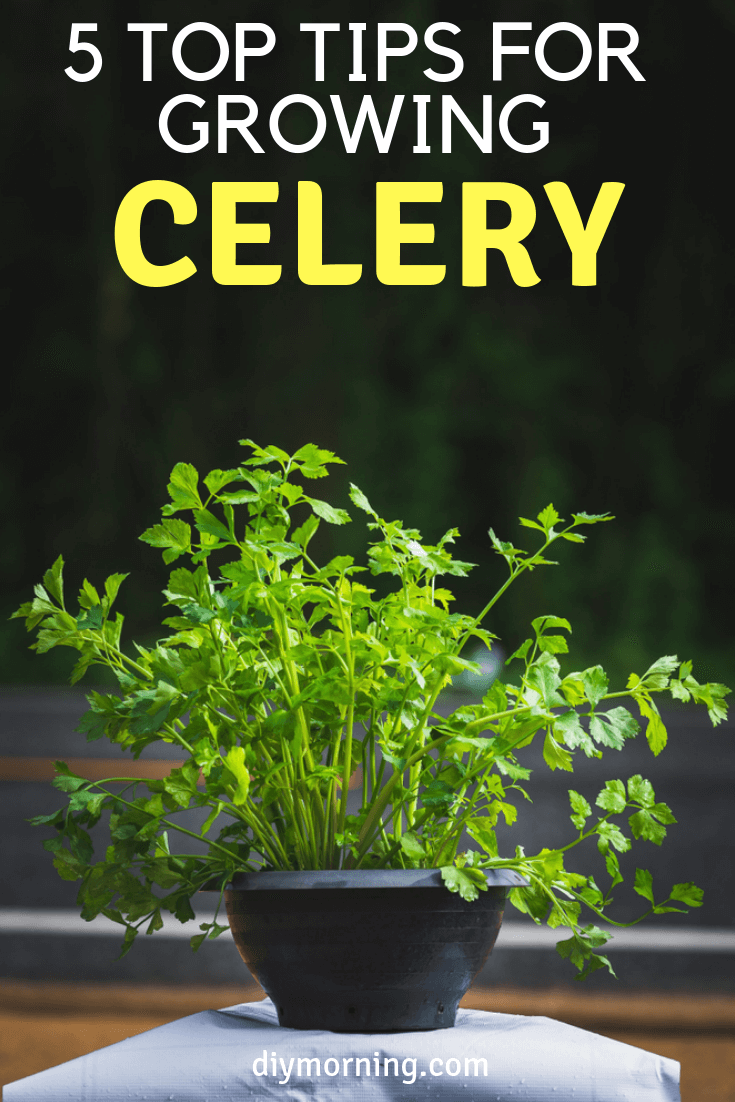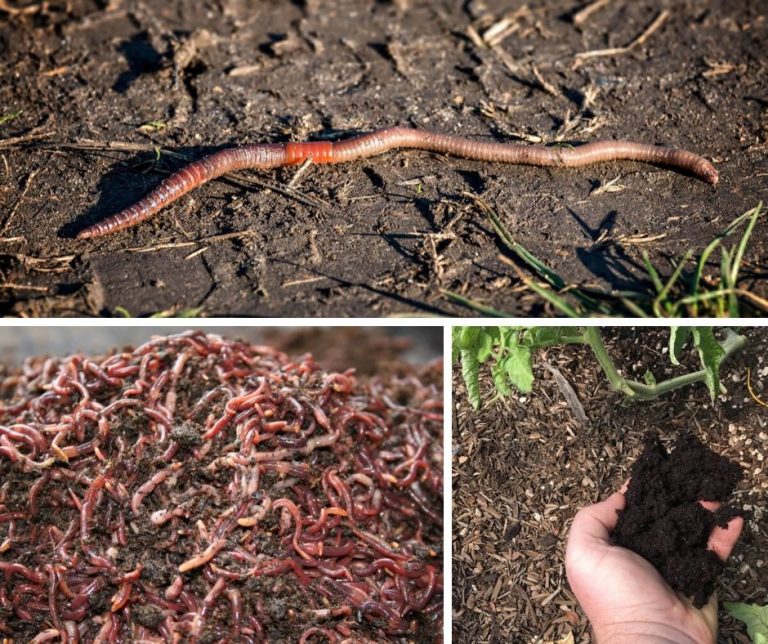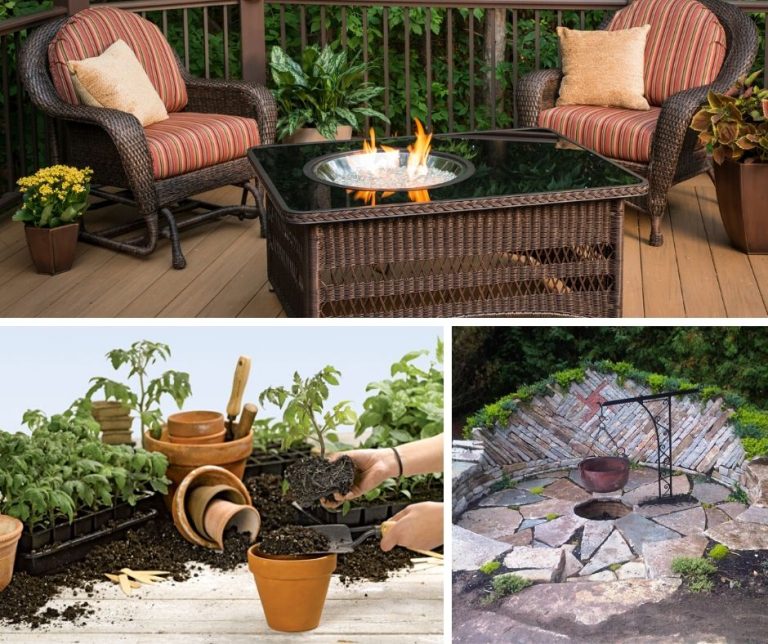5 Top Tips for Growing Celery
Celery has been traditionally seen as a difficult vegetable to grow because it requires extra attention and lots of hard work in order to blanch the green stems.
Fortunately modern plants have made the task much easier with new self blanching varieties. Ideally celery should be grown in a large area such as a garden or allotment, but it can also be grown in raised beds and can even grow successfully in a deep pot. It should be planted in moisture retentive, well drained soil, and prefers to be in a nice sunny place. Celery takes around 100 to 120 days to mature, and is usually harvested from August onwards. Here are five top tips for growing your own celery:
Table of Contents
1. Arrange your celery seedlings in a grid pattern to ensure optimal growth and a healthy crop
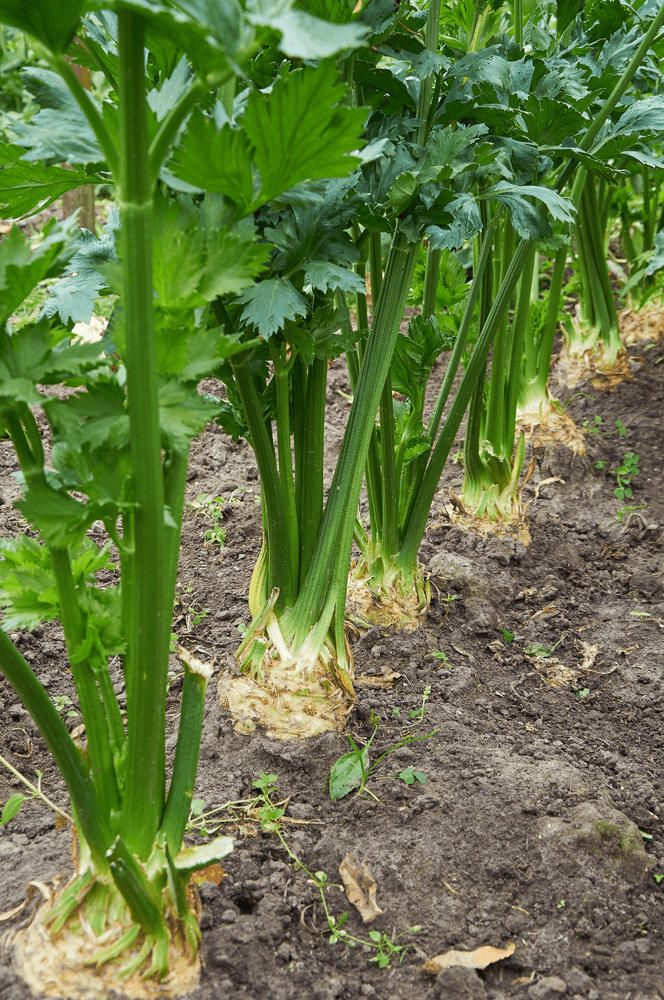
Celery plants grow much better when arranged in a grid formation, rather than being planted in long rows. The celery seedlings should be planted between 25cm – 30cm apart, making sure that the crown of the plant is at ground level.
2. Get the temperature right
The ideal temperature for growing celery is between 16°C and 21°C. Higher temperatures will slow the growth rate, affect the quality of your crop, and can cause the leaves to turn brown. Celery plants can withstand moderate drops in temperature and light frost, but can be severely damaged by consistently low temperatures.
3. Start your celery plants indoors then transfer them to the garden later
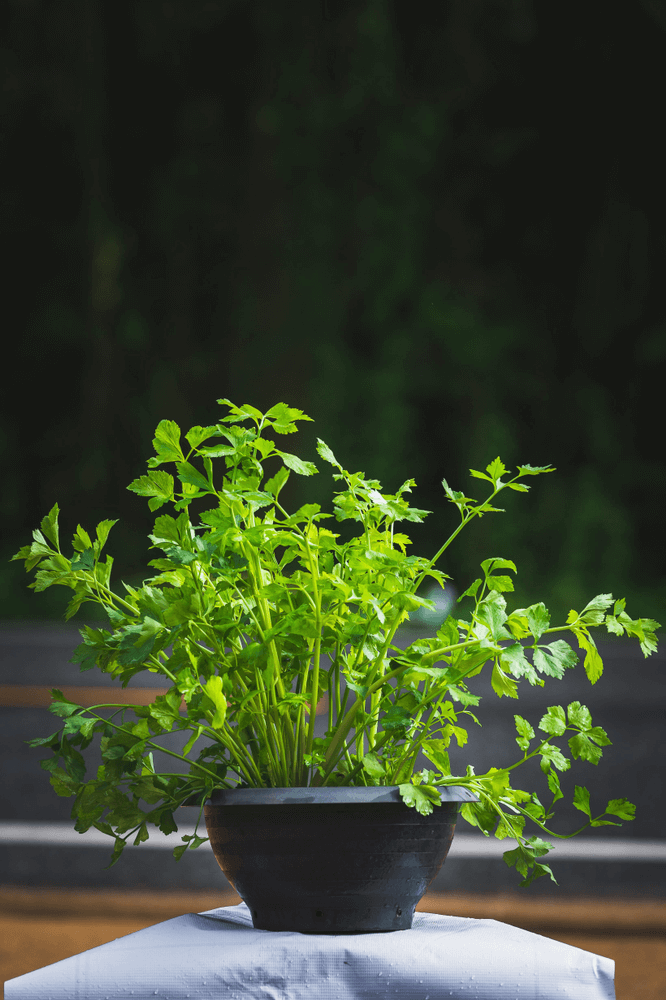
Once your plants reach four to five inches tall, begin hardening your plants by moving them outdoors for a few hours during the day then bringing them indoors again at night. After a couple of weeks you can then transfer the plants outside permanently.
4. Blanch your celery
Many of the newer types of celery are self blanching, but if you chose varieties which are not you will need to blanch the plants yourself. You can do this by trenching the plants or by using cardboard (or something similar) to reduce the amount of direct sunlight getting to your celery stalks.
5. Harvest the celery stalks once they reach full size
You don’t need to take the whole plant; individual stalks can be cut off and used when you need them. Start with the outer stalks and work your way inwards. Stalks can be kept in plastic bags in the refrigerator for several weeks or in a tub of cold water if they start to wilt.
